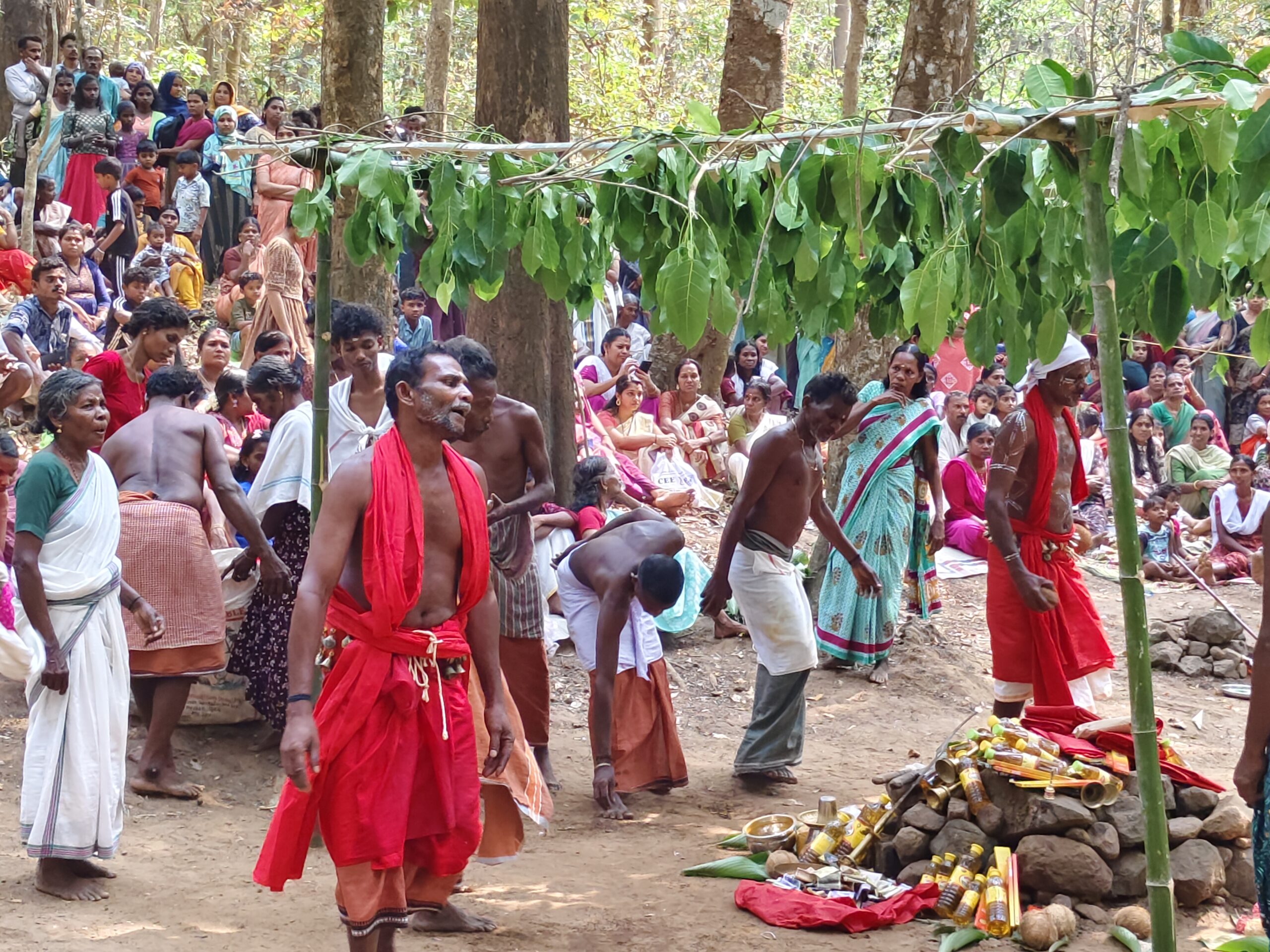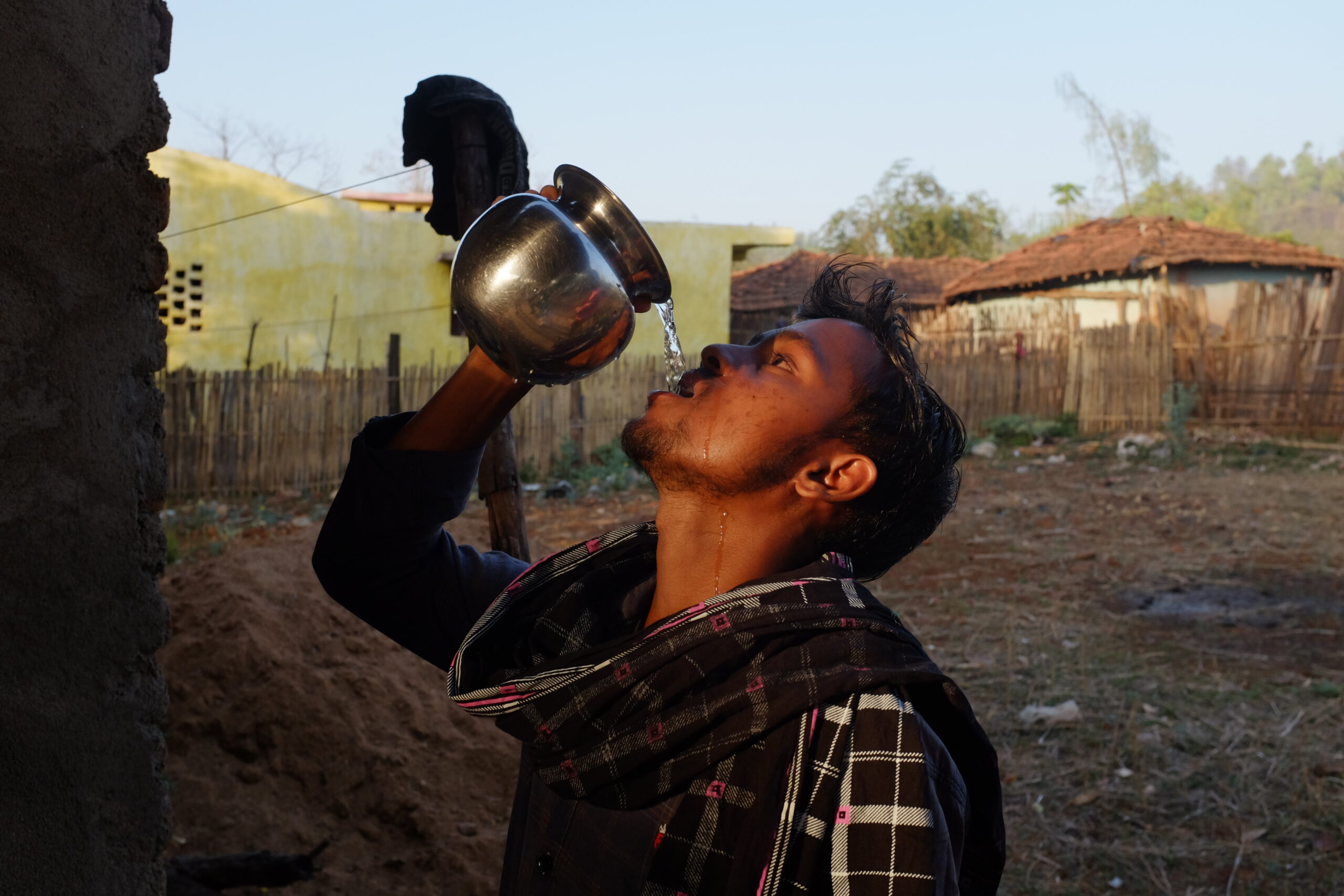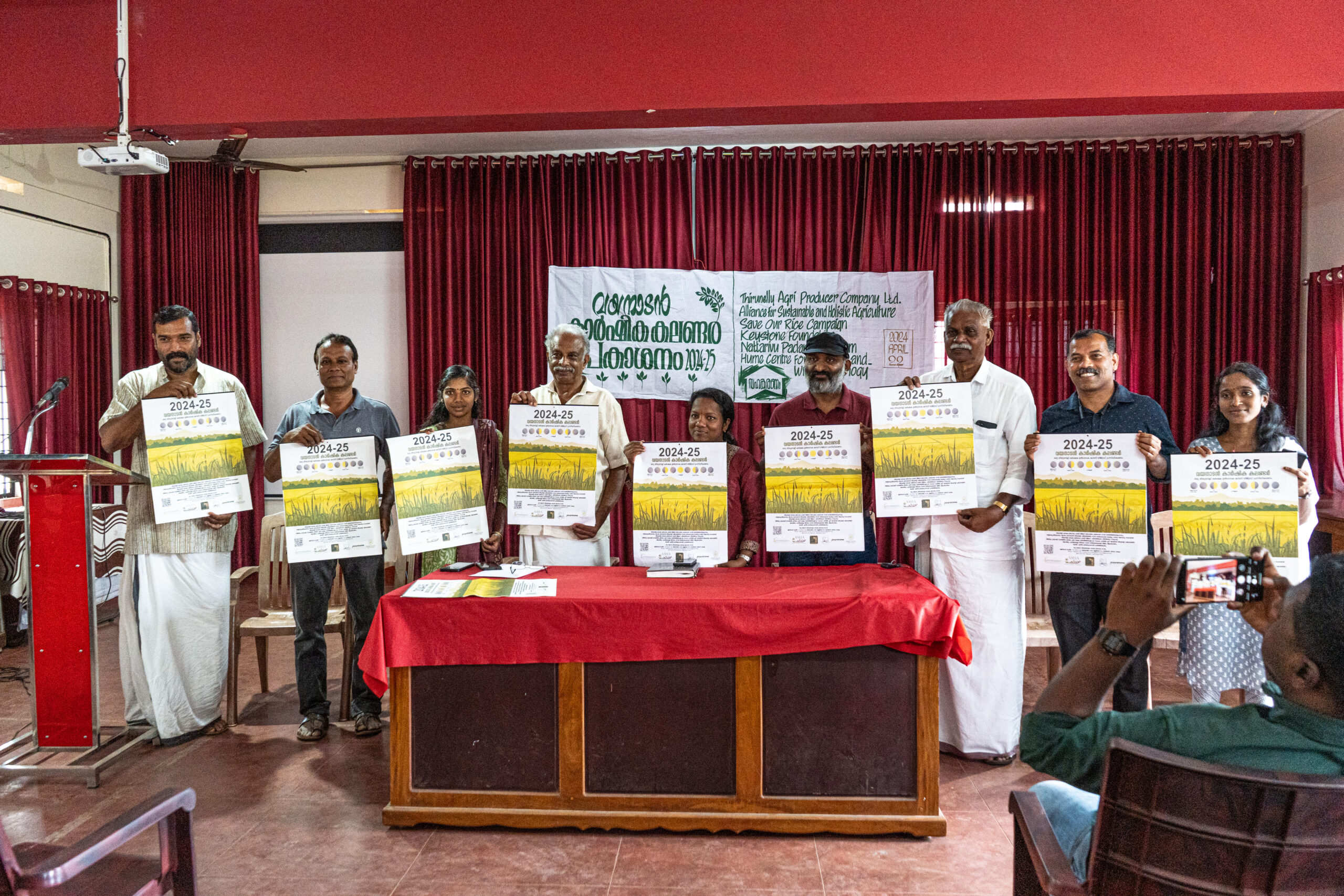Keystone’s People and Nature Collectives programme curated a traditional millet exhibition in honour of the International Year of the Millet 2023. The exhibition, enlightening attendees on the history, ecology and culture of native millets in the Nilgiris, went live on April 25. The team’s years of work compiling Keystone’s institutional archives enabled them to curate the exhibits authentically, and do justice to the legacy of the crops.
The displays featured images of local soil and landscapes, processes undertaken to harvest produce (during the avid agricultural seasons), calendars representing activities and upcoming events, and visuals of on-going millet cultivation practices in neighbouring areas.

The first visitors of the exhibition were representatives, Rosa-Luxemburg Stiftung, a nonprofit based in Germany. They were keen participants who engaged with the PNC team in discussions regarding shifting cultivation practices, local publications on traditional ecological knowledge, safeguarding millet fields, lifecycle agricultural rituals like harvesting or seed sowing ceremonies, millet festivals, and other cultural associations with the crops. Traditionally crafted in metal, the farming tools were of great interest to the visitors, as were other crafts like woven bamboo baskets and clay pots. The visitors also shared observations from their explorations of farming and millets in other cultures, like the Northeast Indian landscape.
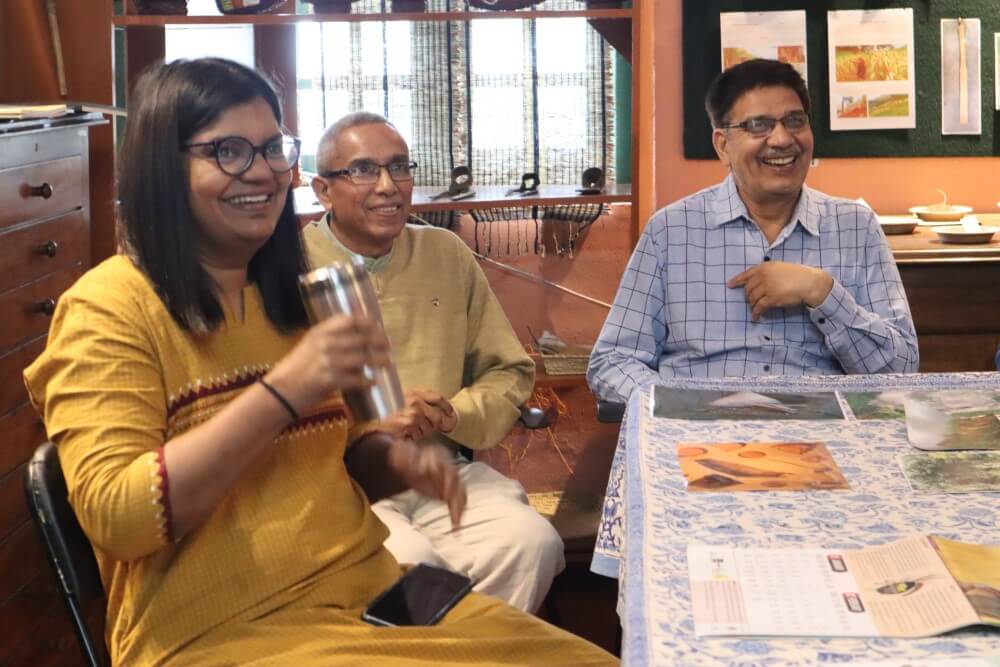
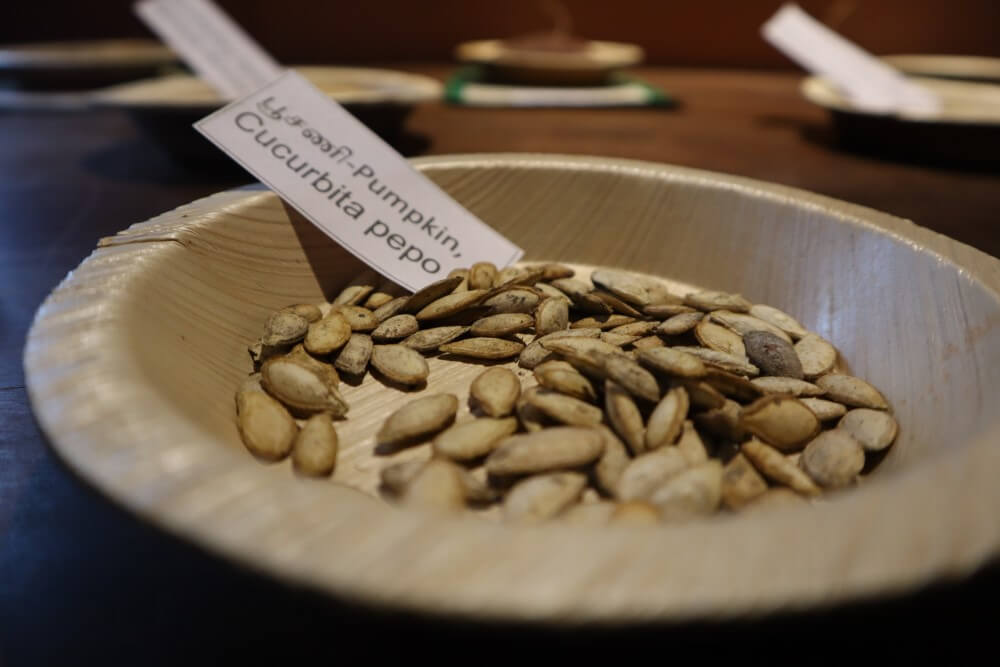
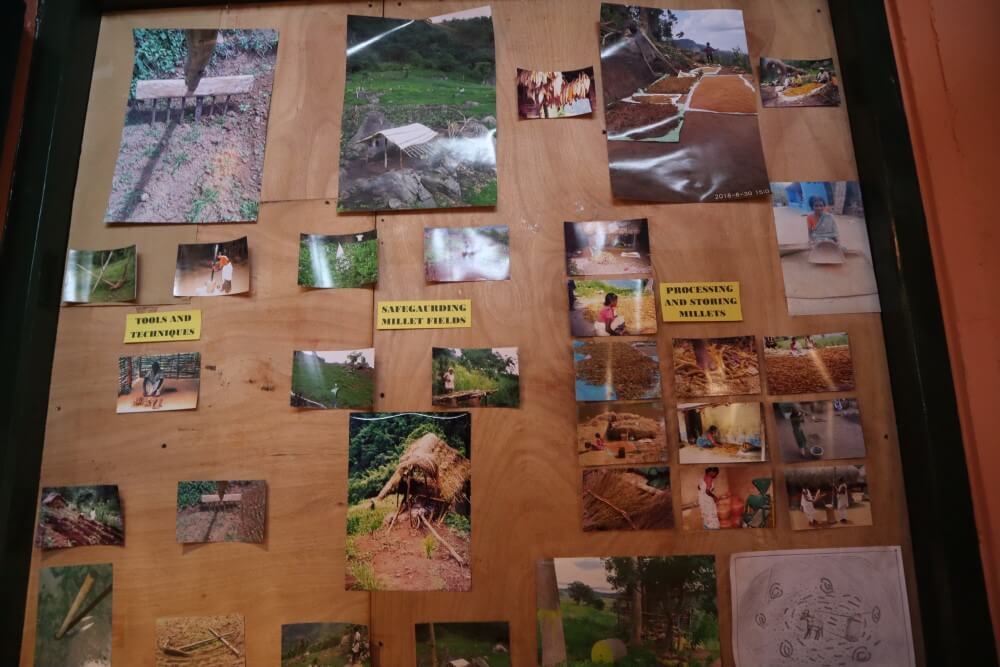
The millet displays were constituted by an array of five millet varieties endemic to the Nilgiri Biosphere Reserve, such as samaai (little millet), thenai (foxtail millet), varagu (kodo millet), ragi (finger millet), and kuthiraivaali (barnyard millet). Locally sourced seeds such as spinach, pumpkin, mustard, maize, peanuts, and pigeon peas were additionally displayed along with the assortment of millet types as well. The team ensured that the necessary nutritional information on each of the millet varieties was provided. The exhibits were inclusive of delicious millet recipes unique to the local indigenous cuisine largely known to be adored by communities in the Nilgiris.
The exhibition will be open round the year to visitors of the Keystone campus, an ode to the world of millets and their deep influence within the Nilgiris.



